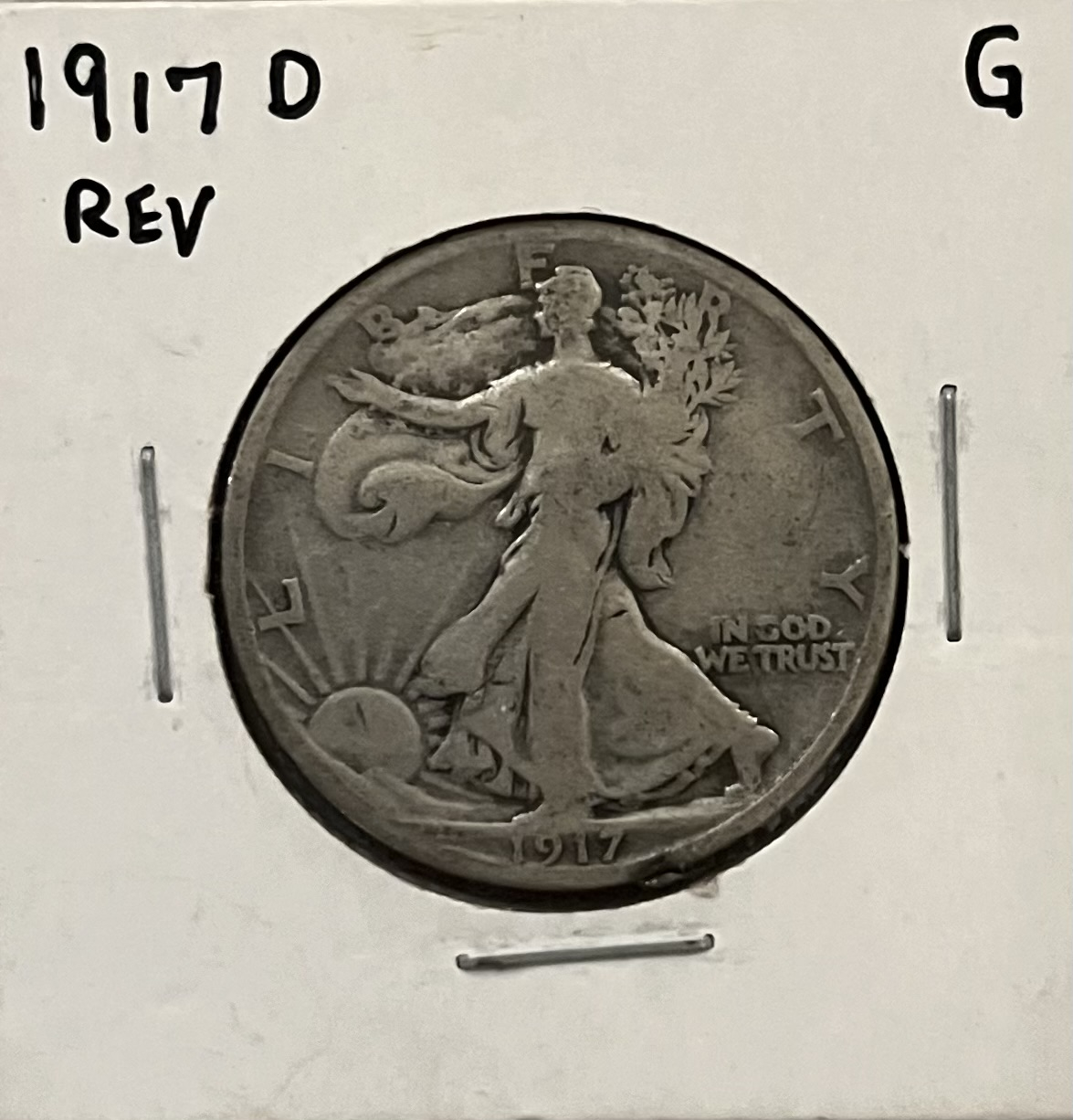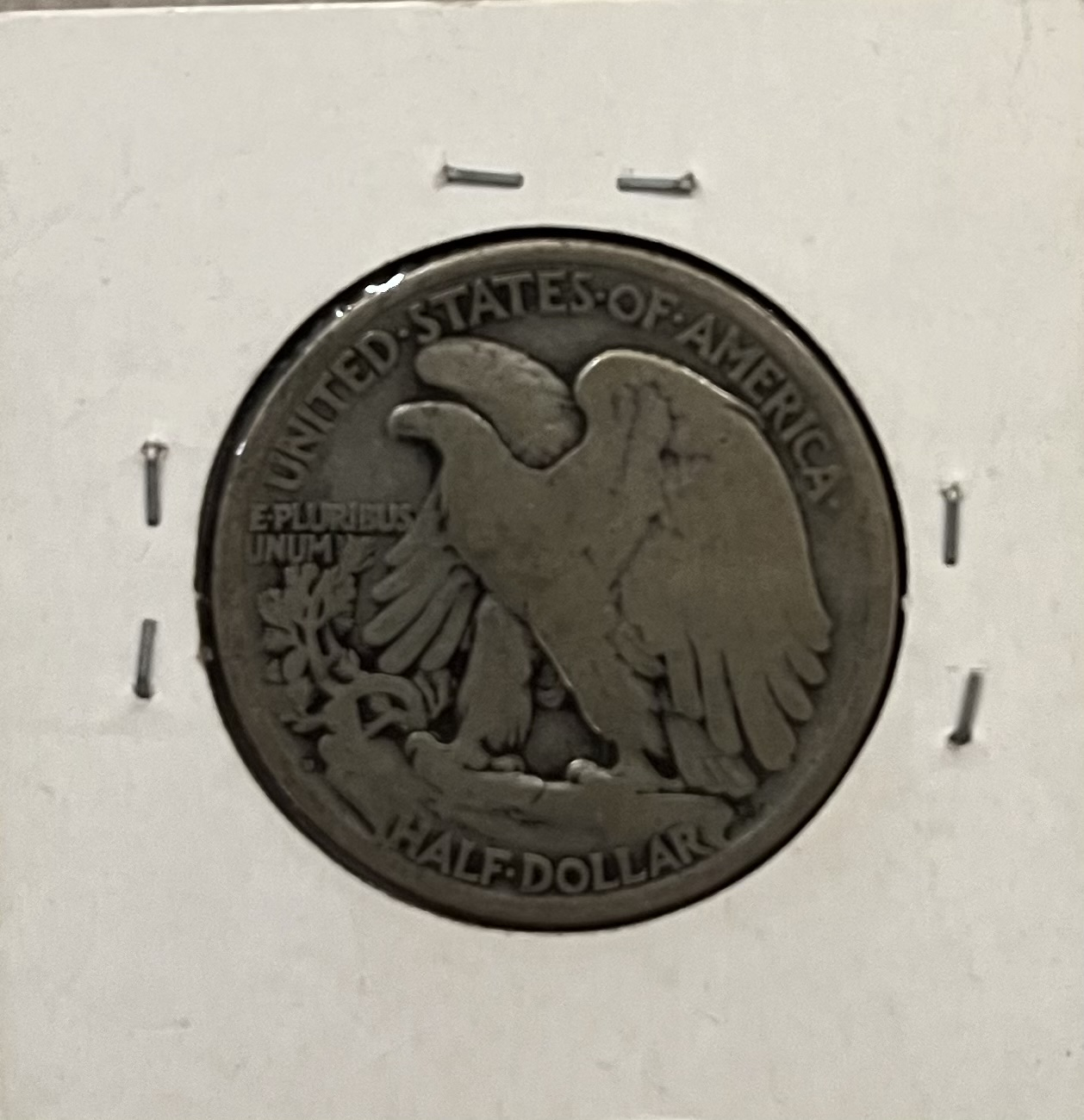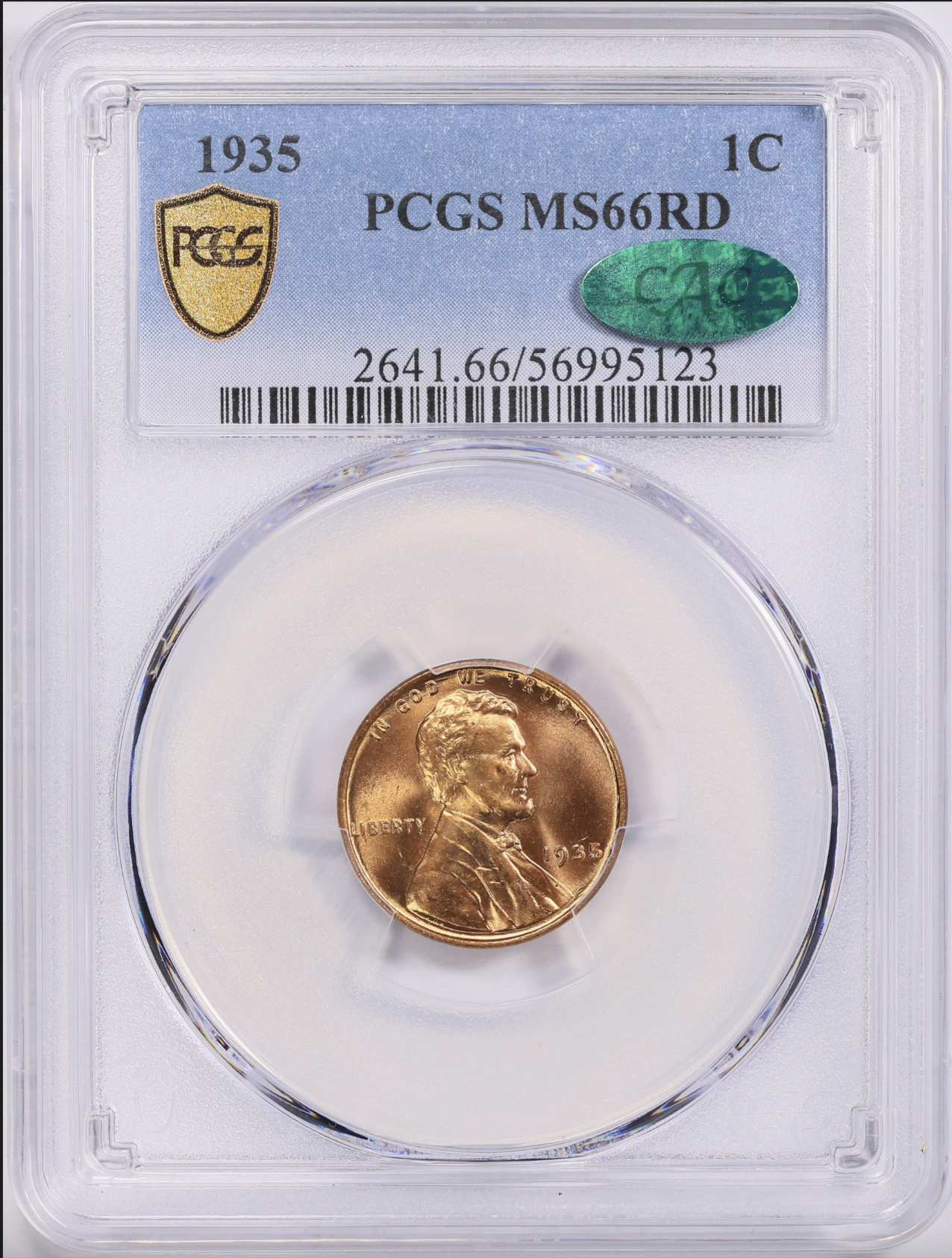The 100 Moderately Great U.S. Coins
 pcgsregistrycollector
Posts: 2,155 ✭✭✭✭✭
pcgsregistrycollector
Posts: 2,155 ✭✭✭✭✭
I’m kicking off a new project called The 100 Moderately Great U.S. Coins Collection. The name is meant to be a lighthearted nod to the famous 100 Greatest U.S. Coins list put together by a collector known as Elite—someone whose collection includes the rarest, most iconic coins in American history. I’ve always admired that kind of high-end collecting, but let’s be real: I don’t have that kind of budget. So instead of chasing ultra-rarities, I decided to celebrate something a little more relatable.
My collection is made up of circulated coins—mostly worn, mostly common dates—but still coins that I genuinely enjoy. Some have nice toning, some have interesting designs, and others are just nostalgic or fun to own. They’re not “great” in the elite sense, but I think they’re moderately great in their own right.
The plan is to post one coin per day, sharing a bit about each one. This project isn’t about value or perfection—it’s about enjoying the hobby for what it is, and finding charm in the more humble corners of numismatics. These coins might not make anyone’s top 100 list, but they’ve made mine. Hope you enjoy!
The first coin on the list is the 1917-D Reverse Mintmark Walking Liberty Half Dollar. This is one of my all-time favorite U.S. coin designs, even in a well-worn state. Designed by Adolph A. Weinman, the obverse features Lady Liberty striding confidently toward the rising sun, draped in the American flag with an outstretched arm and a branch of laurel and oak in her left hand—symbols of civil and military glory. Even in a modest grade like this one, the elegance of the design still stands out. The reverse shows a powerful eagle perched on a rock, wings partly unfolded, with a mountain pine sapling growing nearby.
This particular coin has the mintmark placed on the reverse, a detail unique to some 1917 halves before the Mint moved it to the obverse later that year. Mine’s a pretty worn example—probably grades around Good (G) by today’s standards—but it has that honest, circulated look that I find really appealing. I picked it up a couple weeks ago at my local coin shop, and despite its condition, the design still captures everything that makes classic U.S. coinage so great. It’s the perfect coin to kick off The 100 Moderately Great U.S. Coins Collection.


Proud follower of Christ!
Comments
@pcgsregistrycollector, a novel idea about starting a post. I used to do the same thing when I collected from overflowing junk silver bins in the 1990’s. Pulled quite a bit of that kind of material out. Just wanted to let you know that as far as your statement of “That particular coin has a mintmark placed on the reverse, a detail unique to 1917 halves before the Mint moved it to the obverse later that year.” I believe you have the sequence backwards. In 1916, the first year of issue, the branch mints-S and D are on the obverse. The early part of 1917 the same is true. Only later in the year did the Mint switch to putting the mintmarks on the reverse. Just thought you should know. Zack.
I've always loved the design of the walking Liberty half. I think your example is a very nice and would call it G6 if it were mine.
Both threads will be quite interesting and informative. A great side-benefit of being a member here . . . you can experience the coins, passions, and expertise of an almost unlimited number of collectors of various interests and means.
Bravo . . . . to both threads.
Drunner
The second coin in The 100 Moderately Great U.S. Coins Collection is a well-worn but still charming 1901 Barber Quarter. It’s in Good condition overall—full rims, readable date and legends—but it does have a noticeable scratch on the obverse, right across Liberty’s cheek. It’s the kind of flaw that would make a purist pass it by, but honestly, it doesn’t bother me too much. If anything, it adds to the “been through a lot” character that I tend to enjoy in circulated coins.
Designed by Charles E. Barber and minted from 1892 to 1916, the Barber Quarter doesn’t get a ton of love compared to flashier designs, but I’ve always appreciated its simplicity. The obverse features Liberty wearing a cap and laurel wreath, surrounded by “IN GOD WE TRUST,” and the reverse carries a heraldic eagle inspired by the Great Seal of the United States. It’s a very "no-nonsense" design—classic and distinctly American.
Now, do I wish this coin were a 1901-S? Of course I do. That’s one of the key dates and a dream coin for most collectors. But this isn’t that. It’s just a common-date Barber with a little damage and a lot of history in its surfaces. I picked it up for a reasonable price, knowing it wasn’t perfect, but still thinking it deserved a spot in this collection. After all, moderately great isn’t about perfection—it’s about coins that are enjoyable to own, even with their flaws.
Proud follower of Christ!
The Barber design really grows on you, especially in the high grades when they become legitimate rarities. Not very many exist in high grade, which makes me think they're rather good value these days.
1851 A France
The influence for the Barber design... these can also be a challenge in high grade. This one just came back from our host.
Edited to add- PCGS grade is MS65
Experience the World through Numismatics...it's more than you can imagine.
I love it. Great project, and it will be just about as much fun as doing it in any other grade.
Here is coin #3, a 1935 lincoln wheat cent in MS-66 CAC RD Condition. It represents my first ever PCGS graded coin, and I was lucky to secure it with a CAC Sticker.

Proud follower of Christ!
>
>
They did the same with Philadelphia, but it's difficult to distinguish the No Mintmark on Obverse from the No Mintmark on Reverse. I believe they're both equally scarce.